Peroneal tendinopathy describes the damage to the peroneal tendons which travel down the outside of your leg and cross the outside of the ankle to attach to the bottom of the foot. It is often referred to as peroneal tendonitis or tendinosis. There are two peroneal muscles called the Peroneus Longus and Peroneus Brevis. They follow the same path down the leg and behind the bony bump (lateral malleolus) on the outside of the ankle but attach at different sites at the base of the foot. The peroneals play an important role in our ability to walk and move out feet.
Peroneal tendinopathy is typically an overuse injury that is caused by overloading the peroneal tendons past a point that they can safely handle before incurring damage. Any action that everts the foot (rolls out the ankle) will stretch and place greater strain on the peroneal tendons, and may cause them to rub against surrounding bones and become inflamed. Often, patients may not be able to think of a definitive cause for the pain, feeling that it just ‘came on’ for no significant reason or during activity. Contributing factors to the development of peroneal tendinopathy can include:
Symptoms can range in severity depending on the extent of the damage to the peroneals but can include:
Without effective management, the symptoms of peroneal tendinopathy can progressively worsen. Treatment first begins by managing the current painful symptoms by following the PRICE principles (protection, rest, ice, compression and elevation). Treatment then focuses on addressing the cause of the tendinopathy so the tendons can effectively heal and to reduce the risk of the problem recurring in the future. This can involve:
It is very important to rest the foot and limit the activities that bring on painful symptoms. It is also important to note that steroid use may further damage the tendon, so this must be discussed with your GP and podiatrist. Unless there is a rupture or a significant tear of a peroneal tendon, this condition typically does not require surgery.
.png)
Since introducing shockwave therapy, we’ve helped many of our patients avoid surgery for certain conditions. Here's what you
need to know about shockwave treatment and how it works.
.png)
This Mother’s Day, consider a practical, medically safe, and confidence-boosting gift: a professional KeryFlex nail restoration treatment. It’s a simple, effective, and medically safe way to instantly transform the appearance of toenails.

In some cases like arthritis, continuing to stay active is one of the best things you can do for your joints. Is the same true if you're in pain or have an injury?

A stroke is New Zealand's second single biggest cause of death and a leading cause of serious adult disability. Here's how podiatry can help in your rehabilitation.
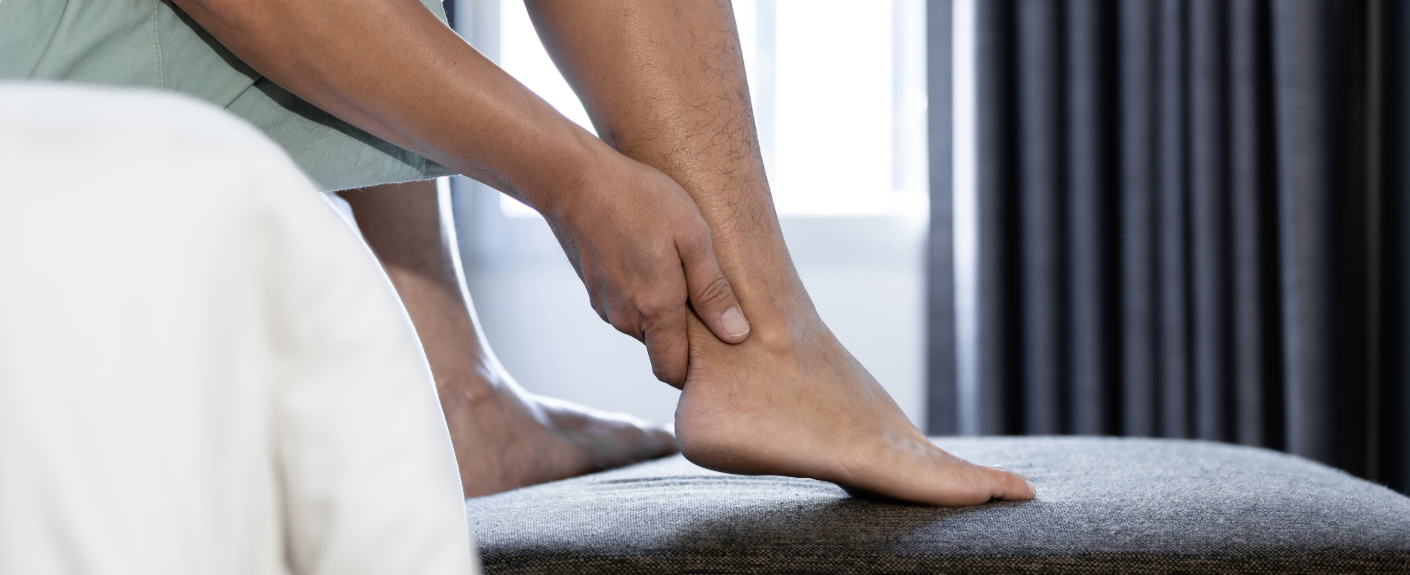
Shockwave is a fantastic treatment for Achilles injuries and Achilles heel pain. Here's how it works and how our podiatrists use it.
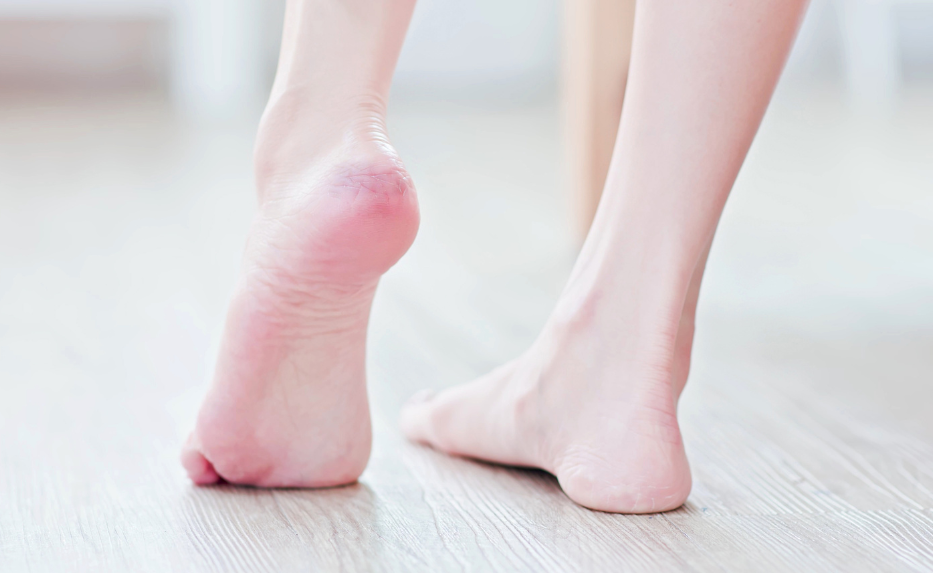
How does shockwave work to relieve foot pain? Here's how it helps you, and how our podiatrists use it at our Remuera clinic.

How do you go through the holidays and family visits while keeping up your strength and fitness? Here are five ways.

Help your loved ones stay on their feet for years to come with a podiatry appointment. Here's how it can help.
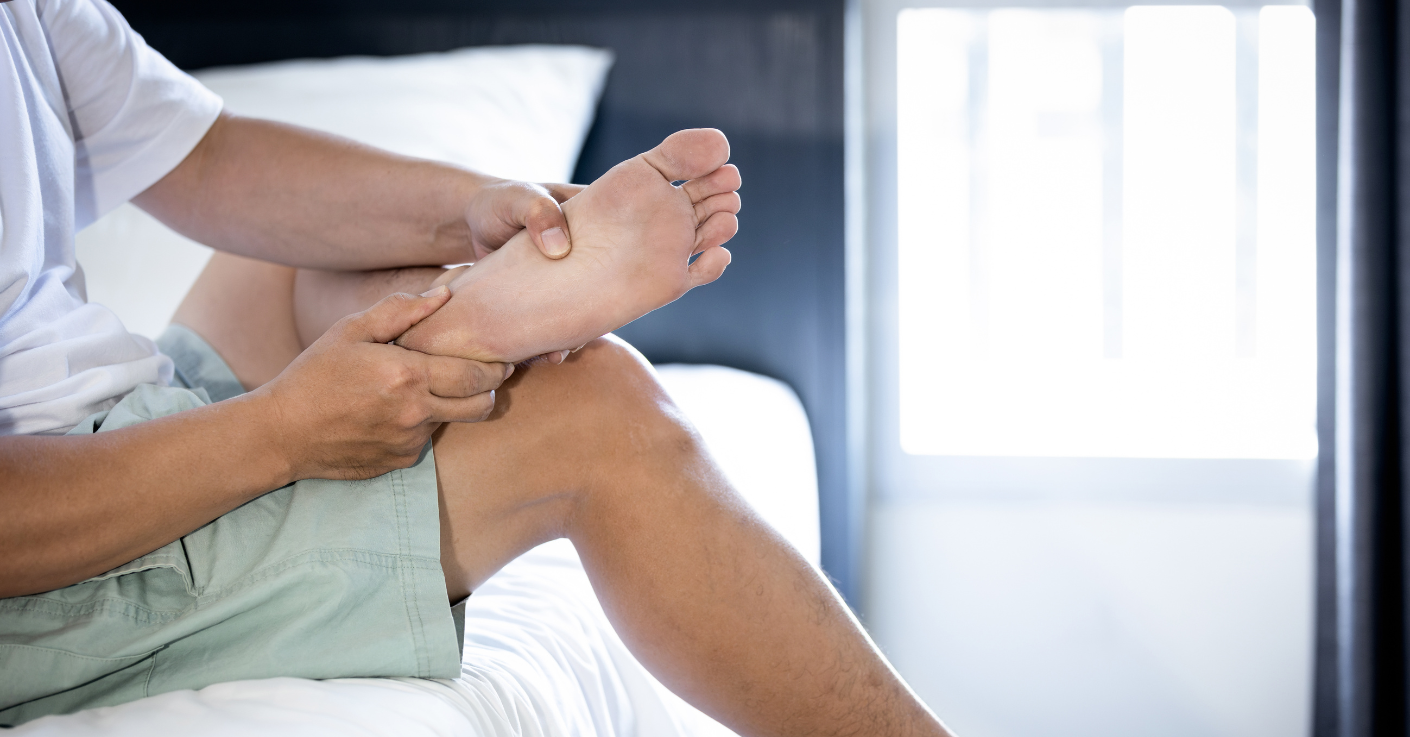
We’ve welcomed the Nu-Tek low-level laser into our podiatry clinic. Here's how you tell if it could be the answer to your foot
pain.
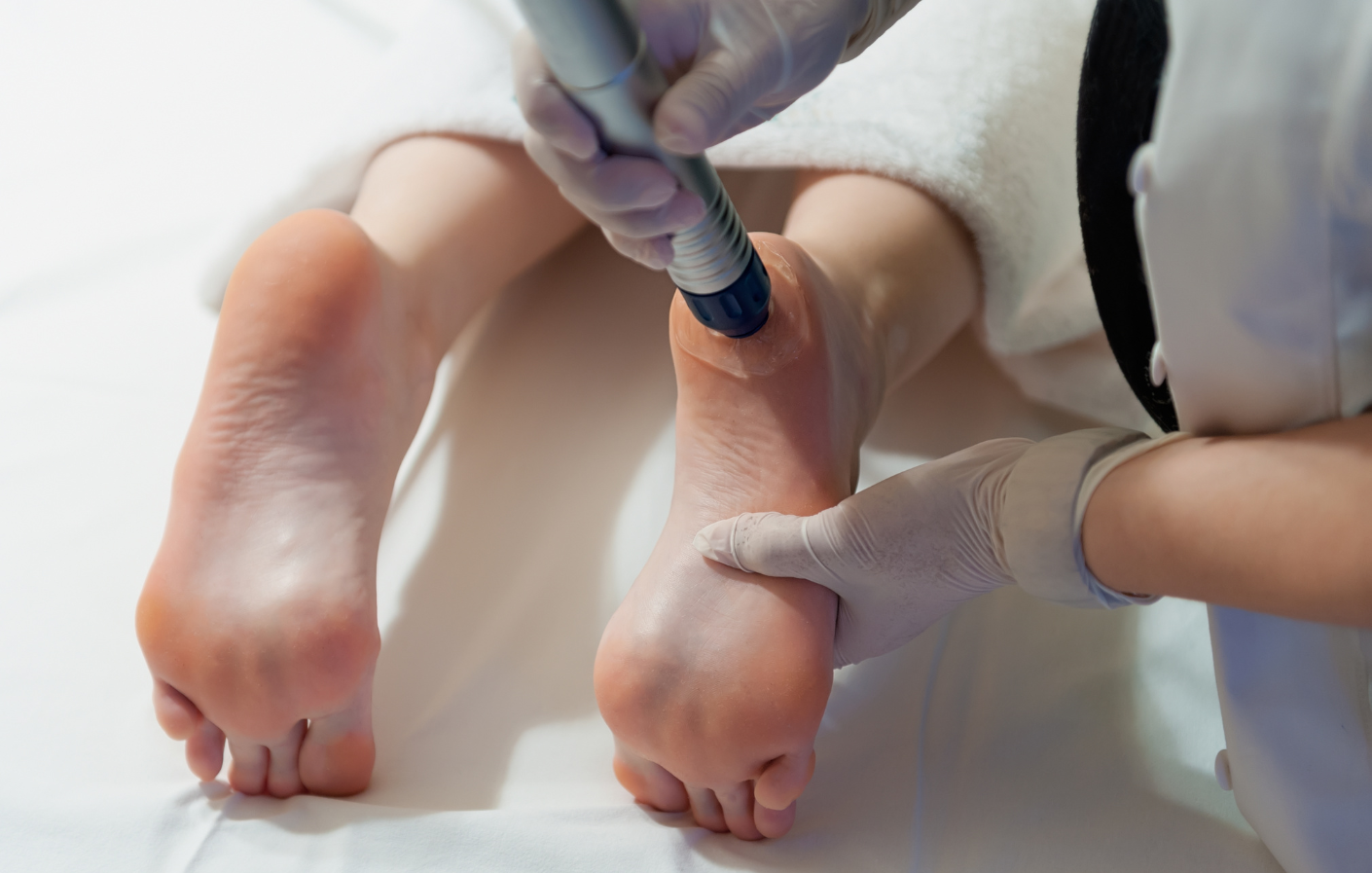
Otherwise known as radial pressure wave therapy, shockwave therapy is a device held by our podiatrists and positioned against your foot or leg at the site of your injury.
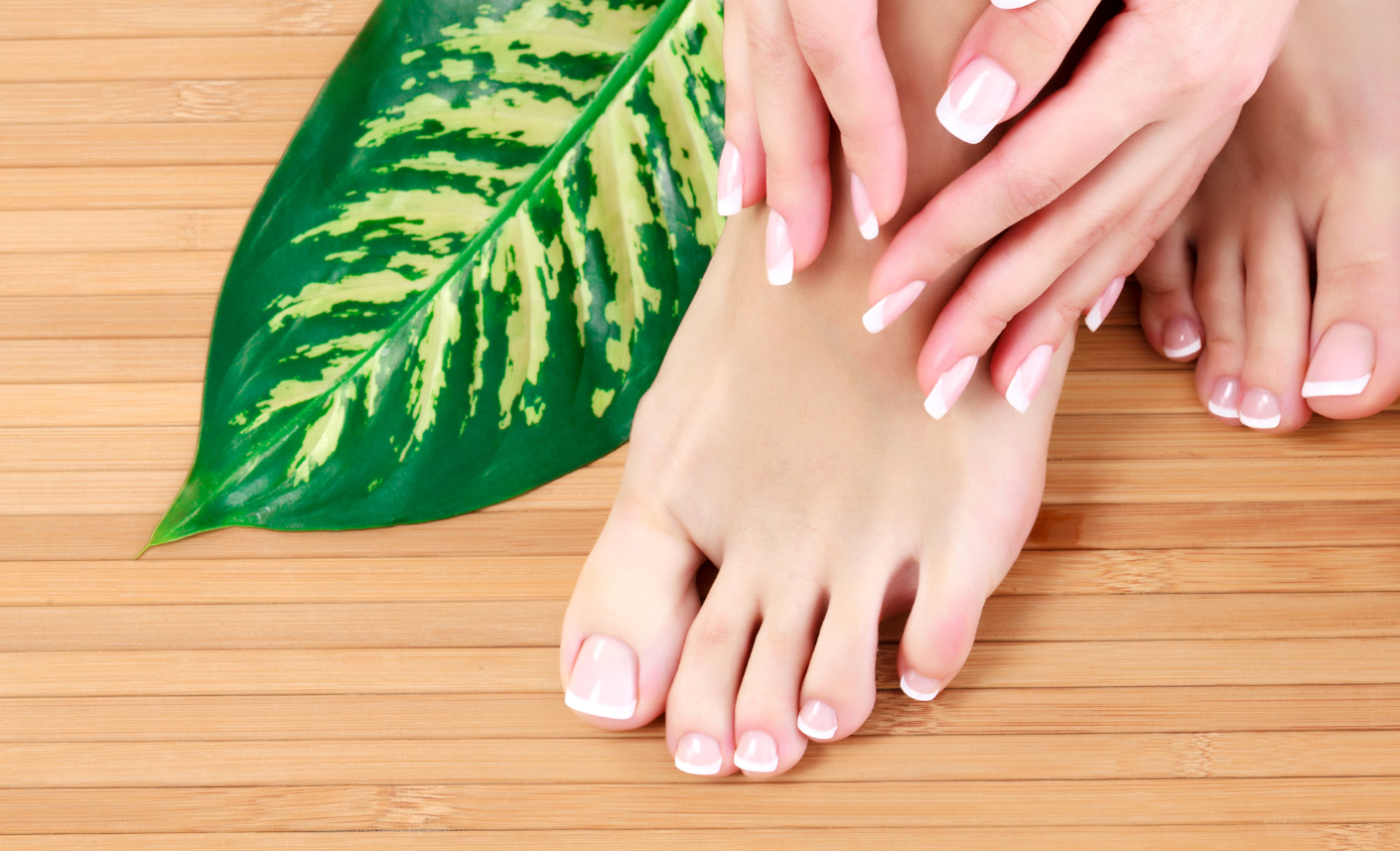
We can transform the appearance of toenails to look healthy and clear in three ways, and as fast as in one appointment. Here's how.

Tingling or numbness in your feet and legs during or after exercise can be an odd sensation. If you’re prone to experiencing it, the most common reasons are related to pressure on nerves or problems with your circulation.
Keeping your family on their feet and helping them to walk, run, play and exceed their goals is why we love getting up in the morning.
Ground Floor, One Health Building
122 Remuera Rd, Remuera
Auckland 1050, New Zealand
| MON - FRI | 7:30am – 6:30pm |
| SAT | 8:30am – 4:30pm |
| SUN | Some availability |
Make an Appointment
Online Schedule